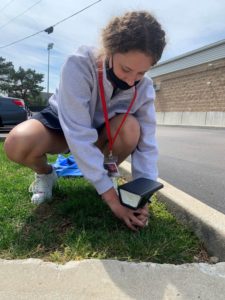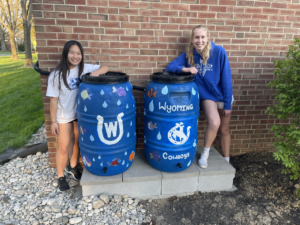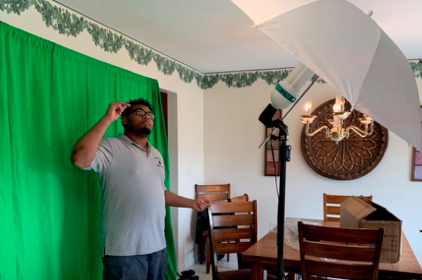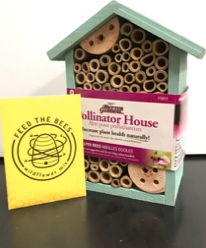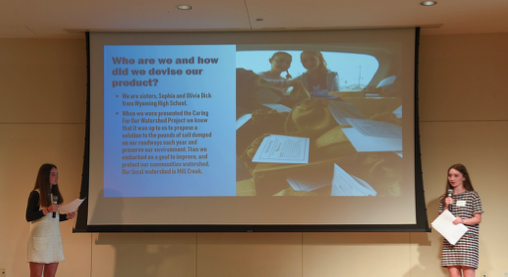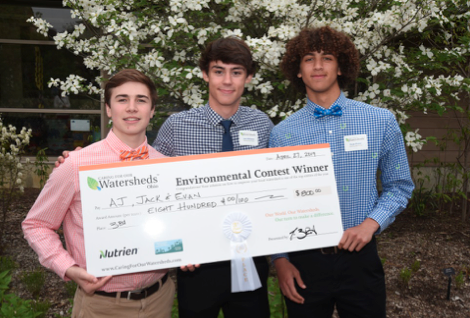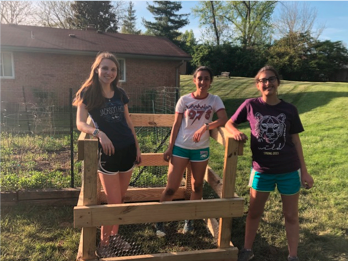2021, Cleveland, OH, USA
The project is titled Increasing Cleveland’s Depleted Tree Canopy, which has massively decreased over the last eighty years. Ehthyu and Emeraude decided to focus on trees because they create a safe environment and help reduce stormwat er runoff by absorbing pollutants from their roots, which helps keep pollution from getting into the Lake Erie Watershed. Trees provide oxygen, habitat to the wildlife, and benefit our environment in so many ways. Increasing the number of trees in our community and spreading awareness about the importance of trees in our environment was the number one goal of this project.
Ehthyu and Emeraude developed three original virtual lessons about trees and their importance in our environment and taught them to local fifth graders over a week in April. The students were given brochures, which contained more information on trees and how to plant them so that the students can have more knowledge on trees and know how important they are to the environment. Each student was also provided a red oak seedling, so that they also can contribute to this act of increasing the Cleveland’s tree canopy by planting trees. Each of the seedlings came with a brochure so they will know how to take care of their trees, until they will grow and reach full maturity. The students were engaged in the lessons as they were taught and seemed to be interested to know how much trees can help create a healthier environment.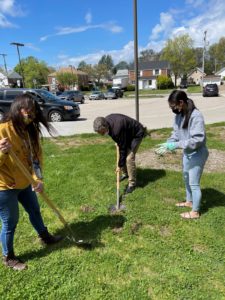
Eastern white pine seedlings were also distributed that were received from the Project Plantit! Program through Dominion Gas to community members directly and through a local organization called the Bellarie-Puritas Development Corporation, along with the brochures to spread the word and encourage people to start planting. The rest of the seedlings were distributed to as many people as possible with brochures. Three trees were also planted on the John Marshall High School campus grounds. They were mulched and watered afterwards so they can thrive, and they will be maintained, and the growth of the trees will be monitored throughout the years. Through this project, Ehthyu and Emeraude had the opportunity to educate people through the lessons they developed and the brochures they designed and produced. They spread the word about the importance of trees, how trees can benefit the environment, and how trees keep the watershed clean. It was a great and fun project that was enjoyed by all. Ehthyu and Emeraude are grateful for the funding and this opportunity.
